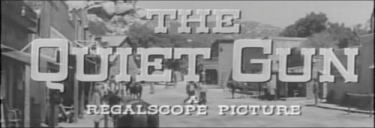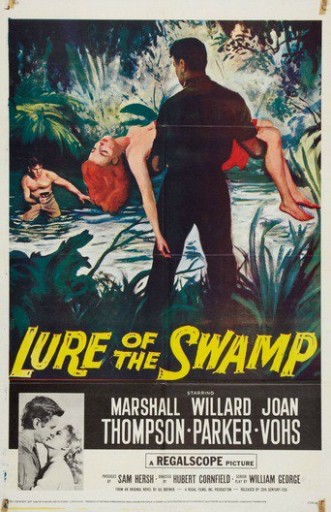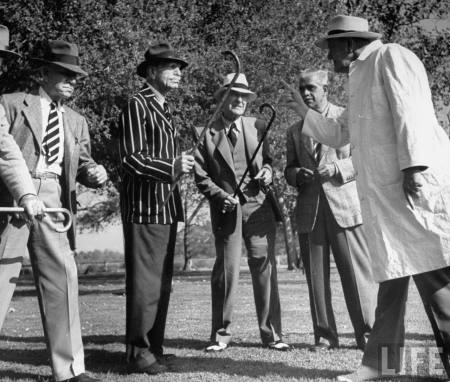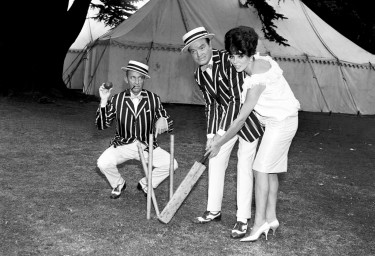With the introduction of, CinemaScope in the very early Fifties, Cinemas had hit back at the success of Television – Cinemascope had done what it set out to do — help bring back some of the audiences lost to television. With TV still in Black and White for years to come , 20th Century-Fox insisted that all their CinemaScope pictures had to be in Colour and Stereo, although the stereo sound stipulation was not long adhered to, but they did keep the Colour rule.
Regal Films – a B Movie company managed to persuade Fox to let them use the Cinemascope format for Black and White films – by changing them to REGALSCOPE. Effectively the same as Cinemascope but in Black and White.
Around 50 RegalScope films were made in the late Fifties — all of them cheap, most of them Westerns. These Westerns star folks like John Agar, Jim Davis, Beverly Garland and Forrest Tucker.
Eventually as time went on Fox would drop its colour for Cinemascope stipulation and so we got some terrific black and white CinemaScope films like Forty Guns (1957), Sink The Bismark! (1960) and The Innocents (1961). Regalscope films tend to be hard to find but I do have a wide screen version of The Abominable Snowman with Peter Cushing and Forrest Tucker which is very good, but usually a pan-and-scan transfer doesn’t look good at all.
Above: The Quiet Gun (1957), a good little RegalScope picture directed by William F. Claxton.
Another film I have just come across filmed in Regalscope is LURE OF THE SAMP 1957. Not a film I know of though but extracts from a review I came across are as follows :-
It is a decent enough thriller, seemingly filmed entirely in the Florida Everglades, which does lend a dramatic background. The storyline centre on Simon ( Marshall Thompson) who rents boats for swamp excursions and as a result he gets mixed up with bank robbers who hide their contraband in the swamp somewhere.
The Production Company got their money’s worth with Marshall Thompson who is nearly in every shot, not so surprising as the cast is very small. He does a good job. The real scene-stealer is, of course, Jack Elam in typical Elam-style. There’s been nobody like him before or since, and here he is on fine form.
The action may be slow to build, but is still not without interest.





